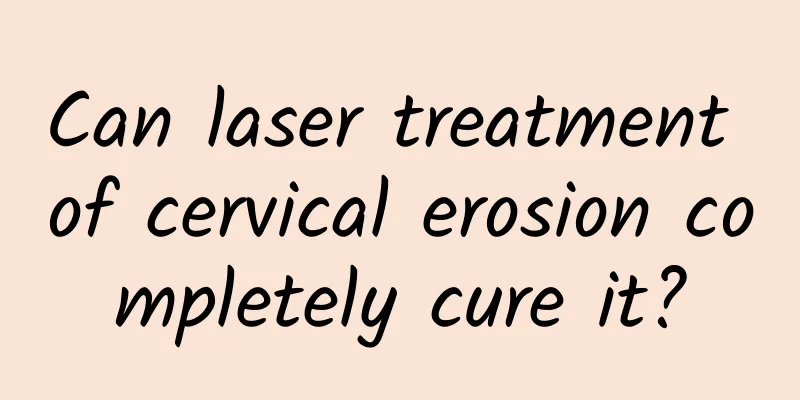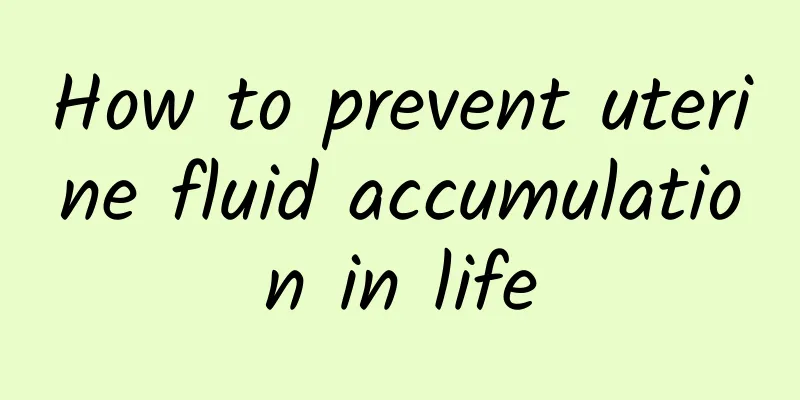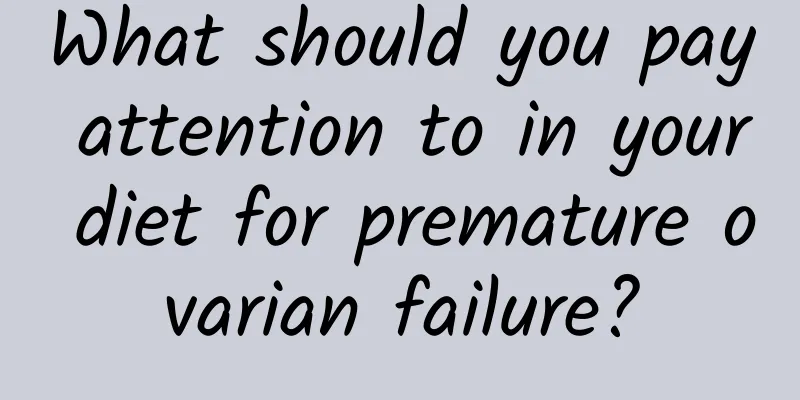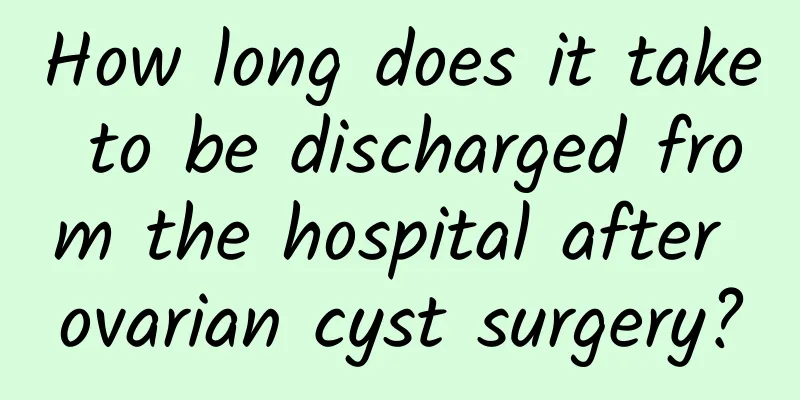Ectopic pregnancy occurs in the fallopian tube and can be treated with interventional therapy

|
Ectopic pregnancy occurs in the fallopian tube and is one of the common surgical acute abdomen. The fallopian tube interventional treatment method can preserve the fallopian tube and thus preserve fertility. There are two methods: vascular interventional treatment and non-vascular interventional treatment. Indications Ectopic pregnancy occurs in the fallopian tube and is not ruptured, the vital weight is stable, ultrasound examination shows that the adnexal mixed mass is less than or equal to 5CM, and the blood human chorionic gonadotropin is <20000IU/L. Vascular interventional treatment is suitable for patients who are more than 8 weeks pregnant, while non-hematogenous interventional treatment is suitable for those who are within 8 weeks of pregnancy. Treatment Principle 1. Vascular interventional therapy: The blood supply of the fallopian tube tissue mainly comes from the fallopian tube branches branching off the ipsilateral uterine artery, which accounts for more than 85% of the blood supply. Therefore, inserting the catheter directly into the ipsilateral uterine artery and infusing embryocidal drugs can enable the drugs to quickly reach the fallopian tube branches, produce a first-pass effect, and achieve the purpose of quickly killing the embryo. After the infusion of embryocidal drugs, the uterine artery is often temporarily embolized, which can cause ischemia and necrosis of the gestational sac and prevent rupture and bleeding of the gestational sac, achieving good therapeutic effects. 2. Non-vascular interventional treatment: Insert the catheter into the fallopian tube through the cervix, puncture the gestational sac directly with a guide wire, and inject the drug solution. Due to the mechanical action of the hydraulic pressure, the drug solution can effectively penetrate between the fallopian tube wall and the trophoblast, promote the peeling of the trophoblast, cause cell necrosis and embryo death. Efficacy After the operation, clinical symptoms disappeared, human chorionic gonadotropin in the blood dropped to normal, and the pelvic mass shrank or disappeared. |
>>: Pathogenesis of Candida albicans vaginitis
Recommend
Will I have menstruation if I have insufficient Qi and blood during breastfeeding?
Will menstruation occur due to insufficient qi an...
What should I do if my period is delayed for 2 months?
What should I do if my period is delayed for 2 mo...
How to treat female cervical erosion? Several methods can effectively treat cervical erosion
The problem of cervical erosion is a disease that...
What are the symptoms of endometritis and pelvic inflammatory disease?
The symptoms of endometritis and pelvic inflammat...
What are the symptoms of female pelvic effusion?
What are the symptoms of pelvic effusion? Gynecol...
How to treat cervical erosion during pregnancy? It is recommended to treat cervical erosion during pregnancy
Many female friends know that gynecological disea...
What to do if you have a fever due to pelvic inflammatory disease? According to the actual situation of the patient
Pelvic inflammatory disease may cause fever. Phys...
Complications of abortion
Complications of abortion: No matter which treatm...
What to eat during menstruation to detoxify? Eat some whole grains
The menstrual period for women is a process of de...
What are the main methods for self-diagnosis of vaginitis?
What are the main methods of self-diagnosis of va...
How to treat pelvic inflammatory disease?
How to treat gynecological pelvic inflammatory di...
What are the symptoms of uterine fibroids? Can uterine fibroids cause bleeding?
Uterine fibroids are one of the most common benig...
Boosting metabolism to help lose weight? Sufficient sleep can help burn fat
Before sharing about exercise and fitness, I want...
What is the cause of uterine dysmenorrhea
A small uterus may also cause dysmenorrhea, becau...
High fiber and low fat! Eat loofah, clam and oatmeal porridge
"Luffa and Clams" is a popular dish in ...









